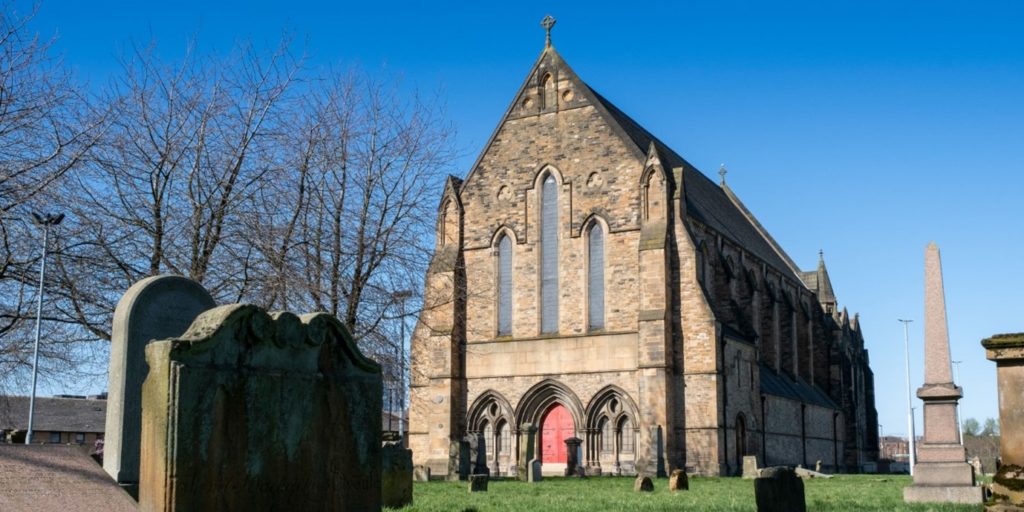On Tuesday 11th of October, the Centre of Scottish and Celtic Studies hosted its first seminar of the semester, led by its own Professor of Historical Archaeology, Stephen Driscoll. Prof. Driscoll’s research interests centre around the Early Medieval Celtic world, with a particular focus on the Early Historic period in Scotland. He has undertaken numerous significant archaeological digs at Edinburgh Castle, Glasgow Cathedral, the royal palace at Forteviot amongst others, but this seminar’s topic focussed on the site of his most recent interest, Govan Old Parish church. While Govan is best known for its significant contribution to shipbuilding on the River Clyde in the 19th and 20th centuries, its history stretches back well into the Early Medieval period. The site of Govan Old Parish church (the oldest functioning parish church in Scotland until services ceased in 2007) is believed to have been the chief church of the medieval Kingdom of Strathclyde, pre-dating nearby Glasgow in this role by several centuries. The church and its graveyard houses the Govan stones, one of the largest and most significant collections of Viking age sculpture in Britain and wider Europe, which attests to the extent of its patronage and wealth within the wider region.

Govan Old has been the subject of on-going archaeological investigations as recently as 2022, though Driscoll’s research interest in the site stretches back some thirty years. Recent and planned excavations, several of which were conducted with the help of volunteers from the local community, have focussed on cataloguing and rediscovering various historic tombstones in the Kirkyard with considerable success, generating further community interest. More formal digs have been conducted at portions of the pathways on the outside of the church on the site of a planned extension to the lower part of the church. As well as showing some of the original installed utilities for the Kirk, generations worth of paving materials and the foundations of surviving walls from several stages of the building’s construction were also discovered. Yet aside from discussing recent findings, Prof. Driscoll focussed his talk on the future of Govan Old, rather than its storied past alone.

When the Kirk closed its doors in 2007, after decades of decline in its congregation since the 1950s, there was local outcry at the prospect of the Church and its grounds falling into disuse. The contributions of multiple organisations and strong public engagement prevented this, with the site remaining open to visitors during the Spring and Summer months for free, albeit with limited opening hours, and it continues being used for worship by other denominations on an occasional basis. Public interest in the Govan Old has only increased with these changes; visitor numbers which had been limited to around 1000 per year around 2007 have gradually climbed, peaking at 14000 in 2017. Since 2015, various improvement works have been undertaken, including creation of a riverside pathway behind the Churchyard, the renovation of the lower church and a proposed extension to provide more utilities. Alongside these positive developments, Prof. Driscoll remains keen to retain and improve the position of the site as a key community centre. He argued that the people of Govan’s relationship with the Church had changed significantly over the centuries, but it remains a strong source of local pride in an area which has suffered high levels of deprivation since the deindustrialisation of the Clyde. Many proposals for how the Church should be used and developed are being considered, many of which hope to improve the site’s utility while providing tangible benefits to the people of Govan. Yet in all this, it is important that whatever changes are enacted, the decision-making process actively engage with and seek the approval of the local community. It must be hoped that with such a high regard for the interests and feelings of the people of Govan, that the ongoing work to study and develop Govan Old Parish will continue to go from strength to strength.
Craig Conner

